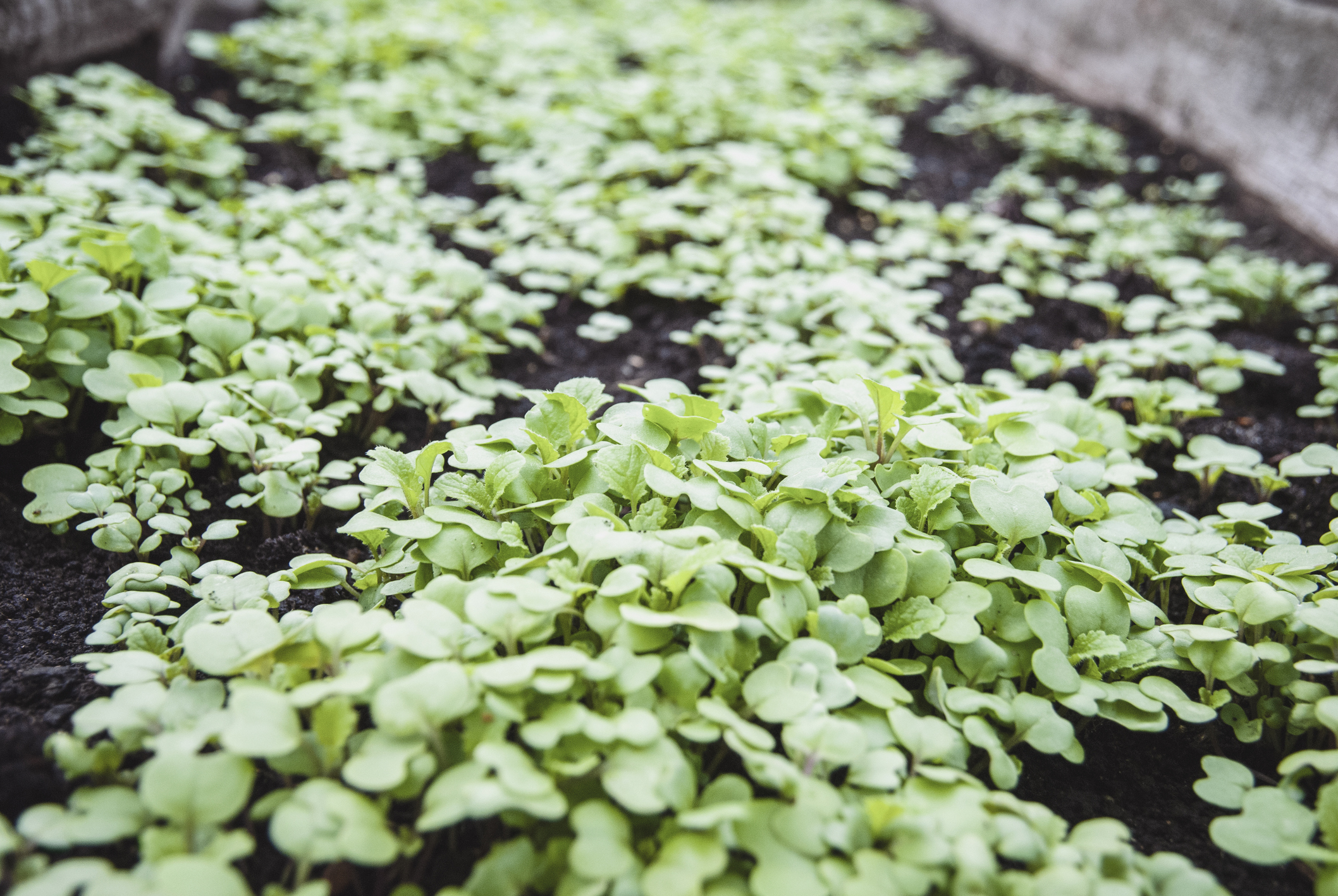Mustard Soil preparation, Soil requirements, and Seeding requirements.
To grow mustard successfully, you need to prepare the soil, make sure it meets the needs of the mustard, and know how to plant the seeds. Here’s an overview of each of these things:
Preparing the soil for white mustard:
You can do a soil test to find out how many nutrients are in the soil and what its pH level is. This will help you find any issues and decide what changes need to be made. Additionally, clear the area of weeds, as they can fight with mustard plants for nutrients and sunshine. Also, make sure to aerate the soil in the right way to improve its structure and make it easier for the roots to reach the soil. The ground can be tilled or plowed to do this to a depth of 6-8 inches. This adds nutrition to the soil, makes it better at holding on to water, and increases bacteria activity.
Depending on the planting method, create rows or raised beds where you’ll sow the mustard seeds. Rows should be spaced according to the recommended planting distance for white mustard. Regarding moisture requirements, mustard seeds need the right amount of moisture to germinate, therefore, we advise farmers to irrigate their fields before sowing them in dry areas.
Seeding requirements:
- Choose high-quality mustard seeds from a trusted source. Make sure they don’t have any diseases and are the right type for your environment and what you want to do with them (oil seed, flavor, or green leaves).
- White mustard is typically sown in late summer or early fall for a fall or winter harvest or in early spring for a spring harvest.
- If you’re aiming for a fall or winter harvest, sow white mustard seeds about 4 to 6 weeks before the first expected frost date in your area. For a spring harvest, you can sow white mustard seeds as soon as the soil can be worked in early spring. This is typically when the soil temperature is around 45 to 50°F (7 to 10°C).
- After the soil preparation, sow the white mustard seeds at the appropriate depth, 1.5 to 2.5 cm (0.6 to 1 inch), and cover the seeds with soil.
- Rows should be spaced 6-8 inches apart. This spacing allows for early row closure, which reduces weed issues and increases seed yields. As a reference, in mustard, aim for (30 to 452.5 cm 12 to 18 inches of space between large varieties and 6 to 10 inches between smaller, leaf-type varieties.
- The suggested seeding rate depends on the Variety of White mustard and how it is planted (broadcasting or row planting). As a general rule, you should plant 5 to 7 pounds of seeds per acre.
- Keep the soil consistently moist but not waterlogged throughout the growing period. You can add organic matter to the soil, such as compost, well-rotted dung, or old leaves.
Mustard Soil Requirements:
The best pH level for growing mustard is between 6.0 and 7.5. Depending on the pH level of your soil, you can use lime to raise the pH or sulfur to drop it. Mustard grows best in loamy soils that drain well but keep enough water. Sandy soils can dry out too quickly, and clay soils can get too wet and stop roots from growing.
In order to grow well, mustard plants need important nutrients like nitrogen, phosphorus, potassium, other micronutrients and trace elements. This is going to be analyzed in detail in the article regarding mustard fertilization. Make sure there is enough drainage so the mustard doesn’t get too wet, which can cause the roots to die.
Further reading
Mustard History, Plant Information, and Nutritional Value
Mustard Soil preparation, Soil requirements, and Seeding requirements.
Principals for selecting best variety for White mustard.
Fertilizer requirements of white mustard
Irrigation requirements and methods for white mustard
Yield, Harvest, and Storage of Mustard
Pests, Diseases and Weed Management of Mustard
References:
https://www.finegardening.com/article/how-to-grow-mustard
https://www.thespruce.com/mustard-plant-growing-guide-7377609
https://horticulture.oregonstate.edu/oregon-vegetables/mustard-greens-and-condiment-mustard-0










































































